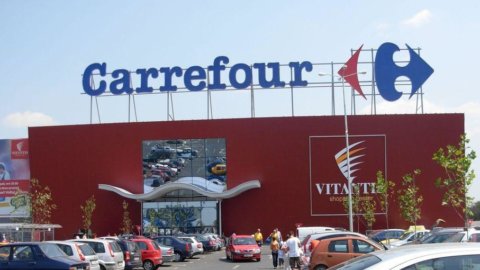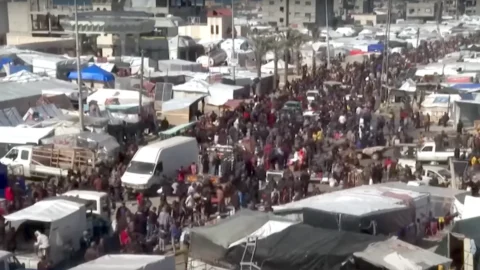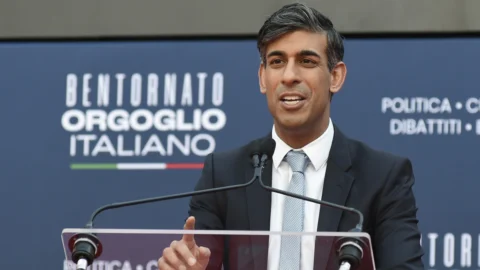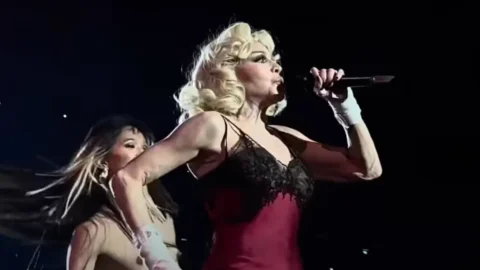While Carrefour continues in its moment of difficulty and changes its management – Scandinavian top manager Lars Oloffson steps down as CEO after three years and it will be replaced by George Plassat by Vivarte – the dilemma is becoming increasingly controversial: is large-scale distribution in crisis or not?
The French chain recorded a -3,35% drop on the Stock Exchange today in the middle of the day, which, added to the results of the last year, reveals a disastrous -40%: the hypermarchè, as it is called beyond the Alps, is therefore experiencing an interlocutory moment, in France as in all of Western Europe, to the advantage, thanks to the consumption crisis, of small distribution? Yes and no.
It is a fact that the recession has alienated the average citizen from the big stages of the hypermarket: just look at the dramatic growth of discount stores and even e-commerce, which according to what was written by Le Monde just today, it has increased by 22% in 2011 from transalpine PCs, for a total turnover of 37,7 billion euros involving as many as 30 million consumer-internet users. Basically, 1.200 euros of annual per capita expenditure made through the network.
So how will the hypermarket save itself? Asks the business newspaper Les Echos, which analyzes the moves of Carrefour in recent years for “reinventing large-scale distribution”. In August 2010, the group inaugurated the first two on the outskirts of Lyon Carrefour Planet, which subsequently became 245 throughout Europe, including Italy: 70% of total sales now take place under the Planet banner.
But what is Planet? A 1,5 billion euro investment for a conceptual revolution, to be carried forward by the beginning of 2013: to create "multi-specialist" hypermarkets, with distinct departments from each other, wider and better lit aisles to improve customer comfort, lower furniture, a redesigned food section and a new corner clothing. Even, to make visitors of all tastes and ages feel at ease, there are sushi corners and a children's play area. In short, no longer a huge and dispersive space, but many small special departments to allow targeted and fast shopping, as expected in times of crisis.
The very first results of this new formula had also been encouraging: in January 2011 the group recorded a +7% of sales. However, once the promotional period has ended, in summer the knots have come home to roost: In August, Kantar Worldpanel's annual ranking shows that Carrefour's market share fell by 0,3% to 12,4%. Shortly thereafter, in mid-October, the company communicated quarterly data: -4,4% profit, despite the launch of the new formula.
And a few weeks ago, data for the whole of 2011 was also published: -4,7% in the fourth quarter alone and -7,4% on the Spanish market. Planet is officially bankrupt, as Carrefour's two main competitors, Auchan and Leclerc, had understood in advance, which instead, both flaunting great confidence, continue to focus on the traditional model.
Above all Leclerc, who most of all has focused on lowering prices, gradually gaining ground on the market: +5% in the first half of 2011 (turnover of 14 billion euros), compared with +0,2% for Auchan and -0,3% for the group now managed by George Plassat. Which will now have a turnaround that will, at this point, pass from a clear change of strategy with respect to the aborted Planet.
Also because, in the wake of Leclerc's performance and its network of "Systeme U" stores, the worst would seem to have passed for the hypermarket. The results, for example, testify to this Intermarchè, the supermarket famous for the Three Musketeers logo, which expects to expand its market share from the current 2015% to 16-25% by 30.
The reading key, second Le Figaro, is this: the concept of large-scale distribution must, as in the case of Leclerc and Intermarchè, also include average distribution. "The French - explains the newspaper - do want to travel a few more kilometers in order to save money and have more choice, but they are no longer willing to waste hours of time shopping".
Therefore, in addition to the crisis, there is also the problem of time. In medio stat virtus, therefore: neither too big nor too small. This is the winning formula, in France and in Europe, and Plassat will have to adopt it quickly to change the fortunes of Carrefour. The customer throws a tantrum, but he's always right.





